The Prosthetic arm has a tradition that goes back to the Middle Ages. Since the world wars, there have been arm prostheses that can be moved independently in addition to jewelry arms. Nowadays, myoelectric prostheses can be moved lifelike via muscle tension in the arm stump.
What is a prosthetic arm?

An arm prosthesis is used for the cosmetic and functional replacement of the upper extremities. The history of prosthetics goes back to the Egyptians. Even before Christ, there were smaller prostheses to replace lost toes. The beginnings of arm prosthetics can be localized to the Middle Ages. In the 16th century, for example, there were the first iron hands that were made of metal materials and that met both cosmetic and functional requirements. At that time, the individual joints of the iron hands were still passive and had to be bent and sprung open with the help of a healthy hand.
In the 20th century, prosthetic arms became more and more relevant for war victims. A big breakthrough was the Sauerbruch arm, which was developed by the surgeon Sauerbruch at the time. Jakob Hüfner further developed the Sauerbruch arm and the first actively movable arm prostheses were born.
During the Second World War, Lebsche worked successfully on the Sauerbruch idea. The myoelectric arm prostheses of today are also based on the functional principle of the Sauerbruch arm. A distinction must be made between prostheses and epitheses that serve purely aesthetic purposes.
Shapes, types & types
In the 21st century, arm prostheses can be divided into jewelry arms and working arms. Jewelry arms are only used for aesthetic purposes. They optically replace the missing arm and create an image of integrity and symmetry.
Much more expensive than jewelry arms are myoelectric working arms, which can be actively moved with their own muscle tension on the prosthesis attachment. With a little practice, this enables both arbitrary gripping and opening as well as arbitrary stretching and turning.
Nowadays, myoelectric arm prostheses are also well developed in terms of aesthetics. For a long time, only leather was put over the metal prostheses. Today the outer skin is made of either PVC or silicone. The most expensive variants are currently silicone coatings that contain nylon reinforcement. These arms are stable, dirt-repellent, tear-proof and relatively resistant to abrasion. As a rule, a silicone cover with nylon reinforcement needs to be changed every six months.
In addition to forearm prostheses, there are also upper arm prostheses in myoelectrics today. Hybrid prostheses are to be distinguished from these open implants. These closed implants do not replace a lost limb, just a damaged joint and are completely surrounded by body tissue.
Structure & functionality
The most highly developed form of the open arm prosthesis today is the myoelectric arm prosthesis. These prostheses are powered by a battery. The movement of the elements takes place through the contraction of the muscles in the stump.
Myoelectric arm prostheses are controlled via a surface electrode. This electrode derives an electromyogram from the bioelectric muscle tensions in the microvolt range. A conversion into motor control signals then takes place, these control signals being matched to the motor of the prosthesis. There is proportionality between the muscle strength and the myogram. Put simply, the number of all activated muscle fibers is relatively proportional to the force applied.
The efficiency of myoelectric artificial arms depends on how many control signals can be used for sequential control. Ideally, despite the amputation, the prosthesis wearer can still contract individual muscle groups in a targeted manner. The tension of the individual muscles can be measured on the skin using electrodes and the individual prosthetic joints can be controlled at will.
The first commercial artificial myoelectric arm appeared in the USSR during the 1960s. The technique of the myoelectric arms is based on the Sauerbruch arm in that Sauerbruch worked a canal into the remaining muscle tissue of the arm stump. A bolt was located in this channel through which the muscle contraction of the arm stump could be transferred to the prosthesis.
You can find your medication here
➔ Medicines for painMedical & health benefits
Arm prostheses in the myoelectric form have high health benefits. They restore an absolutely mobile extremity that has been lost through amputations, deformities or accidents and war injuries.
This development was hard to imagine until over a century ago. Prostheses were already equipped with metal joints back then, but they were not actively movable. Since the Sauerbruch arm, a lot has changed in prosthetics and the prostheses have an even greater medical benefit for an even greater number of people. Although the prices for myoelectric prostheses in particular are still relatively high and therefore not everyone can wear such a fully functional prosthesis, the supply of a movable arm prosthesis has at least become safer since then. While surgical complications and severe infections were still to be expected due to the bolt design, the risk of infection with today's systems is low.
In addition to their functional benefits, modern arm prostheses primarily offer psychological value. Many amputation patients are unsettled by their different appearance. Some suffer from depression and struggle with everyday life. With the arm prostheses, which are relatively lifelike today, they are given back security in social life. Jewelry arms with this purpose have a long tradition and were made centuries ago to relieve amputation patients psychologically and to simplify their reintegration into social life. Nonetheless, jewelry arms were eye-catching prostheses for a long time and hardly gave the impression of a real arm. Today, arm prostheses can hardly be distinguished from real limbs from a distance.


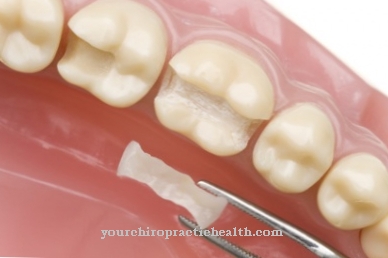
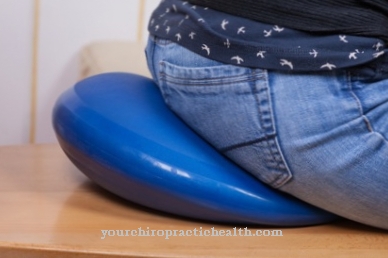
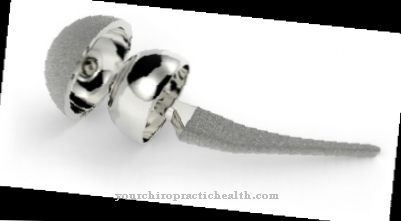
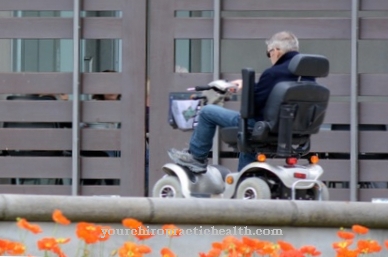
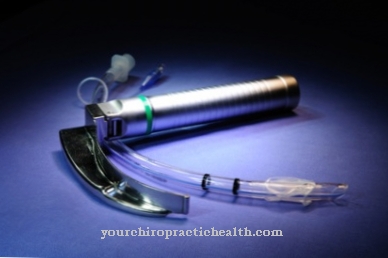

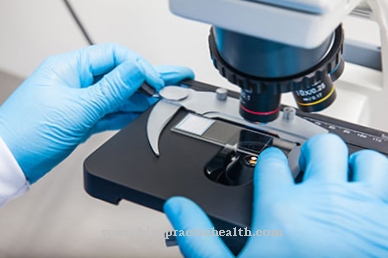



.jpg)



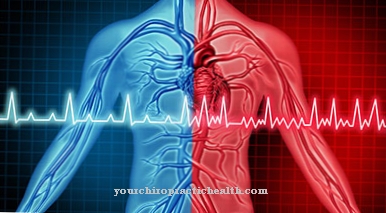


.jpg)

.jpg)


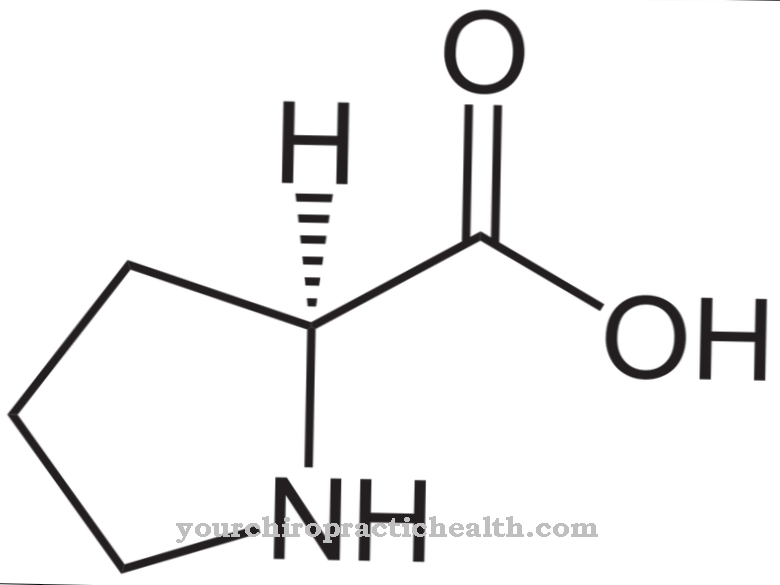

.jpg)

